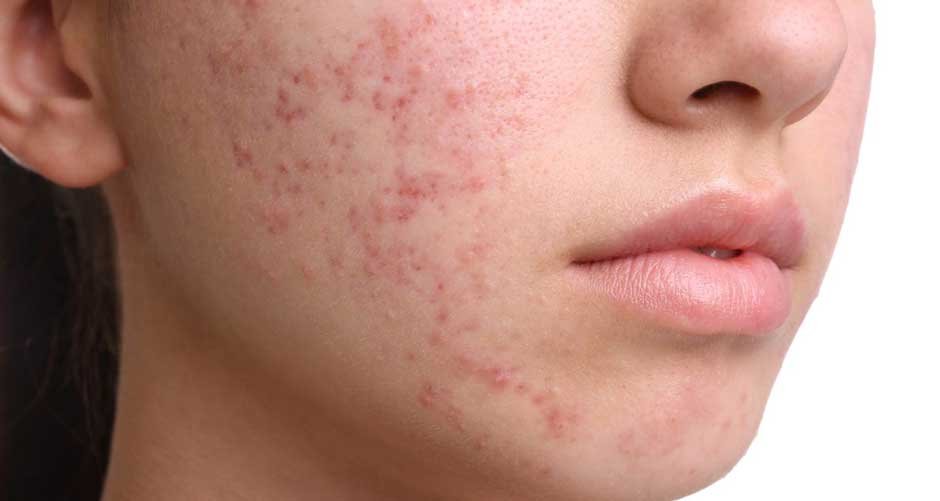Our skin is constantly changing. New spots, freckles, or moles can appear seemingly overnight, and for the most part, these are completely harmless. But sometimes, what looks like a simple blemish may actually be a sign of a more serious issue—such as skin cancer.
Knowing how to tell the difference between a benign skin mark and a potentially dangerous one is key to protecting your health. Read on to find out more.
Table of Contents
Understanding Common Skin Blemishes
Skin blemishes come in many forms. These can include acne, age spots, freckles, moles, skin tags, and even small cysts. Most of these are harmless and may fade over time or remain stable for years without causing any concern. Typically, benign blemishes are symmetrical, have smooth borders, a uniform color, and are relatively small in size. They usually don’t itch, bleed, or change noticeably.
If a spot has been on your body for years and hasn’t altered in appearance, it’s likely nothing to worry about. However, it’s always wise to monitor any skin changes, even in familiar marks.
Warning Signs That May Indicate a More Serious Issue
Skin cancer, including melanoma, can mimic innocent blemishes in the early stages. However, there are key signs to look out for using the ABCDE rule:
- A – Asymmetry: One half of the mole or spot doesn’t match the other.
- B – Border: Irregular, ragged, notched, or blurred edges.
- C – Color: Uneven color, with shades of black, brown, tan, and even white, red, or blue.
- D – Diameter: Larger than 6mm (about the size of a pencil eraser), although melanomas can be smaller.
- E – Evolving: Any changes in size, shape, color, or behavior (such as bleeding or itching).
Additionally, if a mole starts to feel painful, becomes crusty, or begins to ooze, it’s essential to get it examined by a dermatologist.
Why Timing Matters
Melanoma is one of the most aggressive types of skin cancer, but it is highly treatable when detected early. The longer a cancerous blemish is left unchecked, the more likely it is to spread deeper into the skin or to other areas of the body. Early detection and intervention can significantly improve treatment outcomes and survival rates.
If a dermatologist suspects melanoma, they will typically perform a biopsy to confirm the diagnosis. Should the results indicate malignancy, prompt action is required. Options for malignant melanoma treatment can include surgical removal, immunotherapy, targeted therapy, or radiation—depending on the stage and severity of the cancer.
When To See A Doctor
Not every new spot or mole is dangerous, but it’s better to be cautious. You should consult a doctor if:
- You notice a new mole or spot that looks different from others
- A blemish starts to change rapidly over a short period
- You experience itching, bleeding, or crusting
- There’s a family history of skin cancer
Dermatologists are trained to distinguish between benign and malignant lesions and can offer peace of mind or guide you toward timely treatment if needed.
How To Monitor Your Skin At Home
Performing monthly skin self-checks can help you catch anything unusual before it becomes serious. Use a mirror or ask a partner to help check hard-to-see areas like your back and scalp. Take note of your existing moles and marks so you can detect changes more easily over time.
Photographing suspicious spots periodically is another useful method to track changes in shape, size, or color.
Conclusion
Skin blemishes are part of life, but it’s important not to ignore changes that seem unusual or persistent. By learning the signs of a potentially serious issue and staying vigilant, you can take early action when needed. Whether it turns out to be nothing or a problem that requires attention, checking with a professional is always a smart move. When it comes to your skin, it’s better to be safe than sorry.
